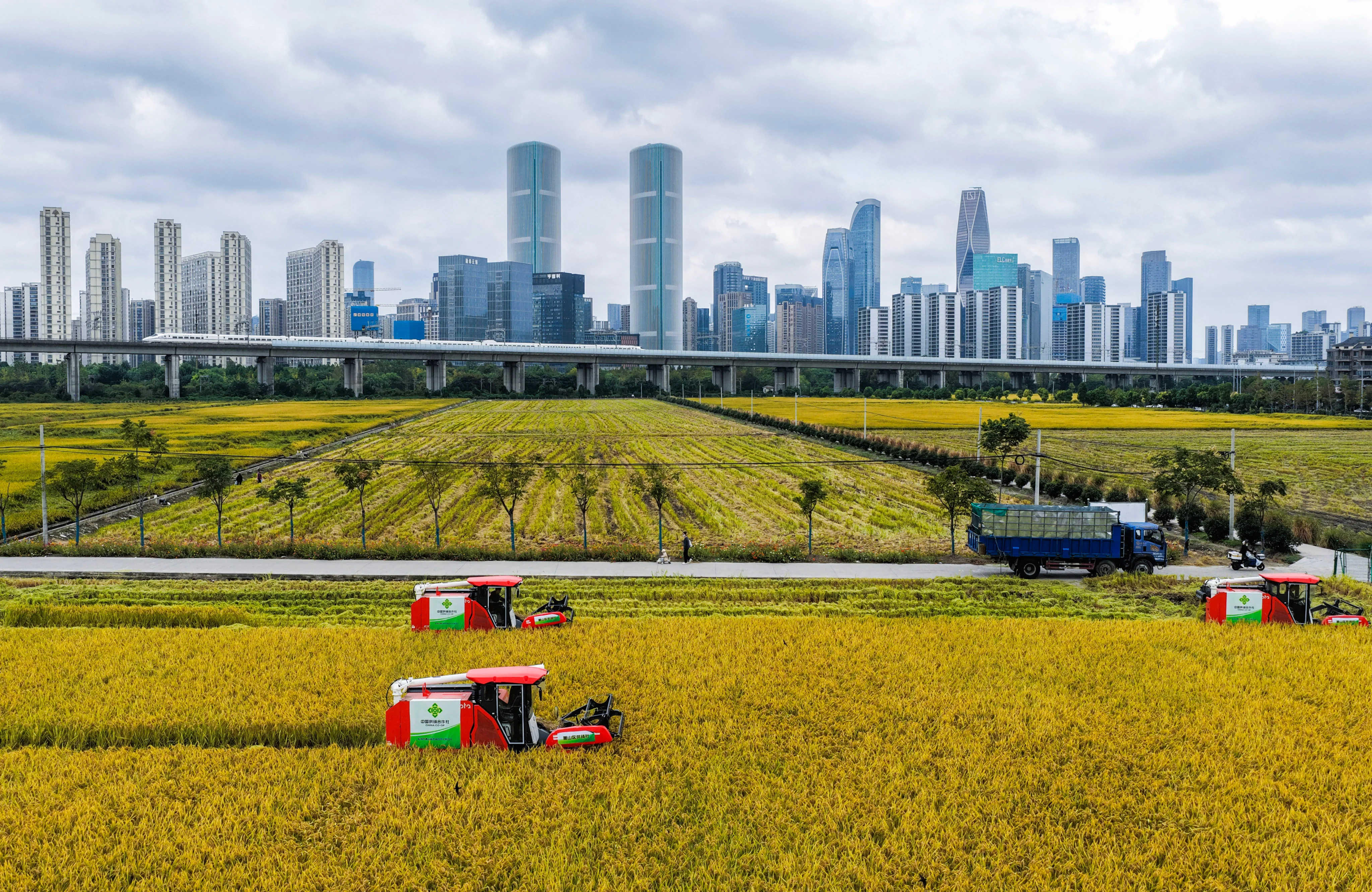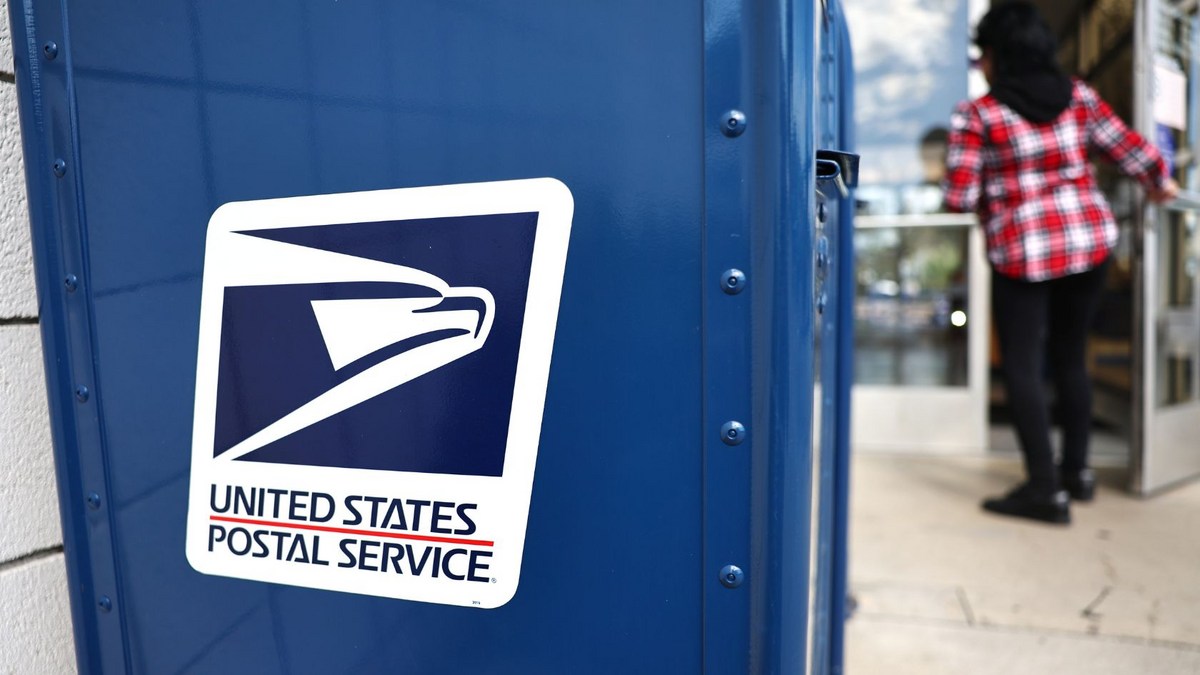Copyright scmp

At last week’s fourth plenary session of the Central Committee of China’s Communist Party in Beijing, food emerged as a clear policy priority. The plenum’s communique highlighted the goal of accelerating China’s transformation into an agricultural power. A leading agricultural producer and importer and a significant exporter, China is doubling down on its next agricultural milestone ahead of the official approval of the 15th five-year plan (2026-2030) early next year. While detailed implementation plans are not yet public, this initiative builds on the 2022 Central Committee report to the party’s 20th National Congress, which for the first time set the goal of making China an agricultural powerhouse by mid-century. The 2023 “No 1 central document”, China’s annual rural policy blueprint, reaffirmed this ambition. In April this year, the State Council released a plan for speeding up China’s transformation into an agricultural powerhouse, outlining key targets: by 2027, China wants to achieve significant progress in agricultural modernisation, and by 2050, become an agricultural power. From Beijing’s perspective, the rationale is obvious. Food security and food self-sufficiency have long been central to China’s national strategy, and remain a top priority today. President Xi Jinping has repeatedly emphasised food as a matter of national security, declaring that the rice bowls of China’s 1.4 billion people “must always be firmly held in their own hands”. But boosting local production is an uphill battle. China must feed about one-fifth of the world’s population with less than 10 per cent of global arable land and an even smaller share of freshwater resources. The country faces mounting pressure from land degradation, water scarcity, pollution, shifting dietary patterns and climate shocks. Meanwhile, China’s agricultural workforce is ageing, with over one-quarter already above 60 years of age. Declining fertility rates and rapid urbanisation exacerbate these concerns, leaving questions of who will make up the future rural workforce. The country – a net importer since 2004 – saw its food self-sufficiency rate drop from 93.6 per cent in 2000 to 65.8 per cent in 2020. A 2020 government report projected that by the end of 2025, the country could face a food gap of around 130 million tonnes, including a grain deficit of 25 million tonnes. Meanwhile, by 2050, China’s total food demand is projected to grow by 16-30 per cent. This indicates that, despite its agricultural ambitions, China is likely to remain a major food importer in the medium term. Externally, global volatility and geopolitical tensions have heightened the urgency for Beijing to build a resilient food system at home. Its “agricultural power” strategy is as much about domestic modernisation as it is about long-term security and resilience. Domestically, China is likely to leverage its strengths in technological innovation – including emerging tools like artificial intelligence (AI) – and state-led coordination. These efforts support objectives outlined in current agricultural plans, such as last year’s National Smart Agriculture Action Plan (2024–2028) and the plan involving seven ministries to accelerate digital transformation in the food industry announced in June this year. More broadly, the strategy aligns with the AI Plus initiative, through which Beijing aims to integrate AI across sectors, and with the new 15th five-year plan, which emphasises high-quality development, technological self-reliance and strengthened national security. The strategy carries broader strategic and geopolitical consequences too. With the country’s import reliance unlikely to disappear soon, Beijing is concurrently pursuing a form of food decoupling from Western agricultural inputs, technology and key commodities (like soybeans), a parallel to the efforts of the United States and other Western powers to decouple from Chinese manufacturing. As part of this, China aims to diversify import sources to avoid over-reliance on one country or region, while pursuing overseas agricultural partnerships through initiatives like the Belt and Road Initiative’s “Food Silk Road” and South–South cooperation. By combining import diversification with stronger state-led domestic production, a more food-secure China could reduce its exposure to market volatility and potential trade disruptions, while enhancing its leverage in international agricultural markets. The shifts in domestic production or agricultural trade policies could ripple across regional and global markets, challenging the dominance of traditional exporters such as the US and Australia. Such changes could disrupt supply chains and alter pricing, underscoring the strategic stakes of Beijing’s agricultural ambitions. Challenges loom large. Chinese farmers continue to face significant problems – from falling net profits amid rising costs and fragmented policy implementation to yield gaps and a lack of incentives to grow staples. There are other concerns too. China’s agricultural productivity and technology adoption rates remain uneven. China’s agricultural sector is dominated by small, scattered family farms which are often reluctant – or unable – to adopt new agricultural technologies and standardised practices. Smallholder farmers, who manage more than 70 per cent of China’s farmland, also face limited access to credit, deterring investment in such tools. Consumer trust is another weak point. Repeated food safety scandals – the 2008 exposure of melamine-tainted baby milk formula, the report last year of fuel trucks being used to transport cooking oil, this year’s lead poisoning episode involving kindergarten children – have damaged confidence in the quality and safety of locally produced food. These concerns will have to be adequately addressed to win the hearts and minds of Chinese consumers. China’s agricultural strategy is ultimately about building resilience amid climate, economic and geopolitical pressures. Its success depends on reconciling domestic vulnerabilities with global ambitions.



